Say what you will about the British, but they never did earn a reputation for applauding traitors – whether Britain was the victim or benefactor of an act of treachery.
The most famous English traitor, Guy Fawkes, was tortured for weeks before tumbling from a gallows ladder and being summarily dismembered as a warning to other seditious parties within the kingdom.
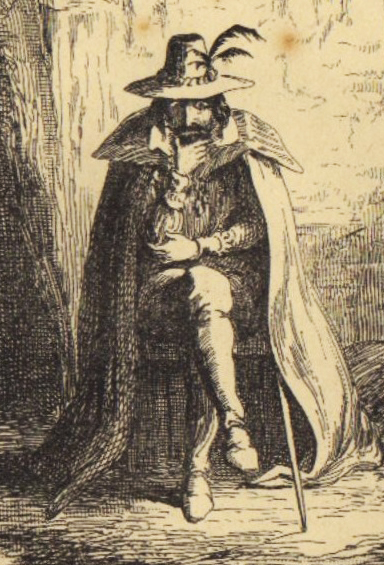
Encyclopaedia Britannica will tell you that British history is full of similar examples of traitors to the Crown being executed in the vilest of ways, but the English have had little sympathy even for those whose treachery served the ambitions of the monarch.
Not surprisingly, Britannica knows a fair bit about the infamous American traitor Benedict Arnold.
Arnold led several successful campaigns against British forces in what is now the United States and Canada, but his brash attitude earned him the irritation and distrust of his peers.
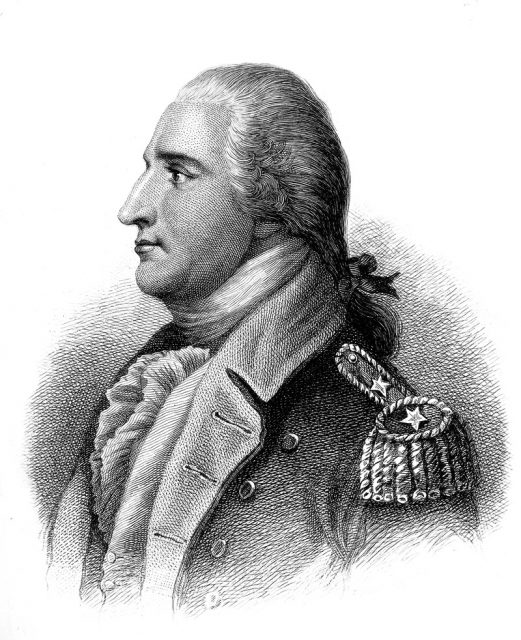
On more than one occasion Arnold was passed over for promotion and made to serve under his junior colleagues, despite leading the Americans in a growing list of successful offensive and defensive battles against the British.
He repeatedly offered his resignation, with George Washington himself convincing him to continue to serve on one such occasion.
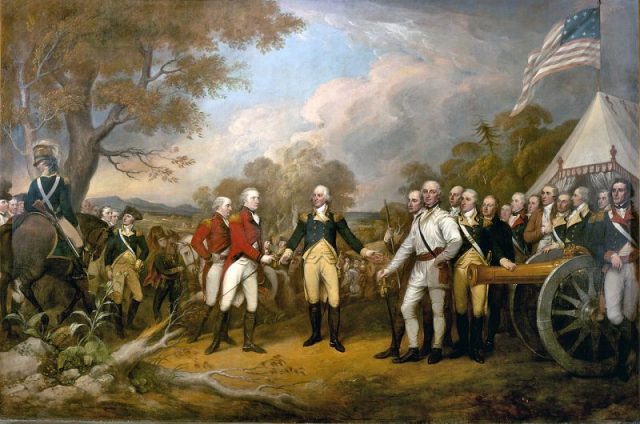
His short but illustrious fighting career came to an end in the fall of 1777 when he was gravely injured at the Battle of Saratoga.
He was rewarded for his service with a restoration of rank relative to his peers and given command of the city of Philadelphia the following year.
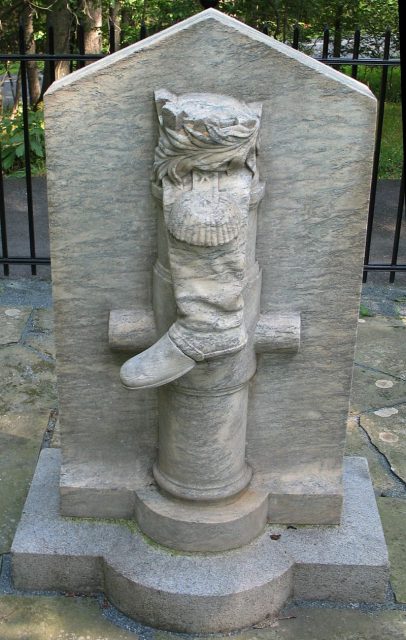
Whether it was his earlier treatment by the American establishment or simply the same reckless attitude that earned him their disdain in the first place, Arnold cared little for propriety in his new position and raised money illegally to fund his lavish lifestyle and burgeoning social life.
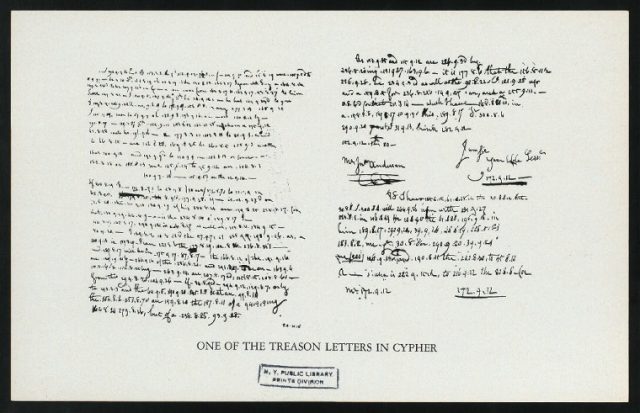
He was particularly popular among loyalist families, and this may have contributed to the attention he received from the Pennsylvania Supreme Executive Council shortly after taking his new post.
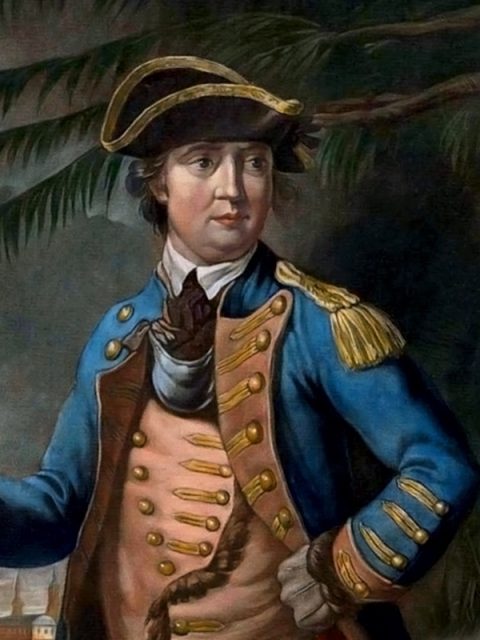
While demanding an immediate court-martial to resolve the matter, he married the granddaughter of the loyalist founder of Shippensburg, PA and began to secretly court the British forces for money in exchange for information that would sway the war in their favor.
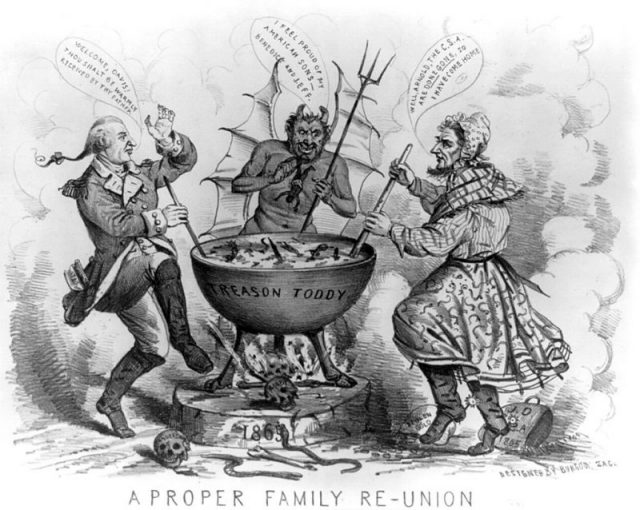
When his British handler was captured, Arnold fled, earning the disgust of the loyalists for his abandonment of his colleague.
When he aided the British in their attack on New London, CT in 1781, he was an outlaw to the Americans and a useful pariah to the English.
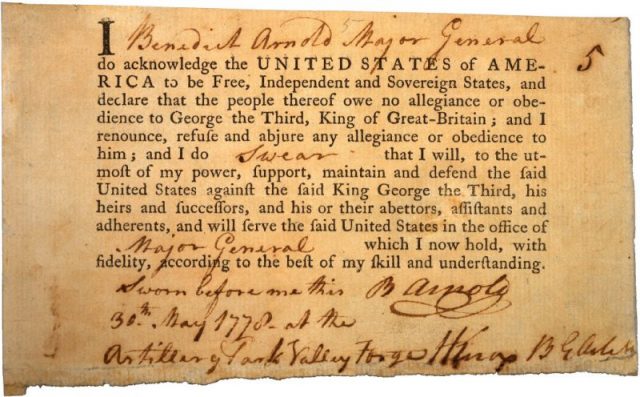
He left North America for England later the same year but was unable to secure a position in the British Army.
He spent a decade in Canada engaged in land speculation before becoming a privateer for a short period and ultimately returning to London.
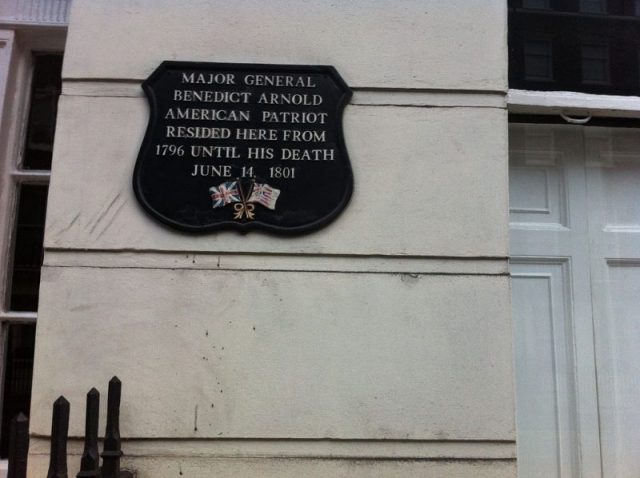
In New London, the Boston Globe writes, the memory of Benedict Arnold and his brutal raid continues to be celebrated by burning him in effigy in much the same way as the British celebrate Guy Fawkes’ Day.
In old London, too, he is far from a hero, his final resting place becoming a curiosity for travel bloggers.
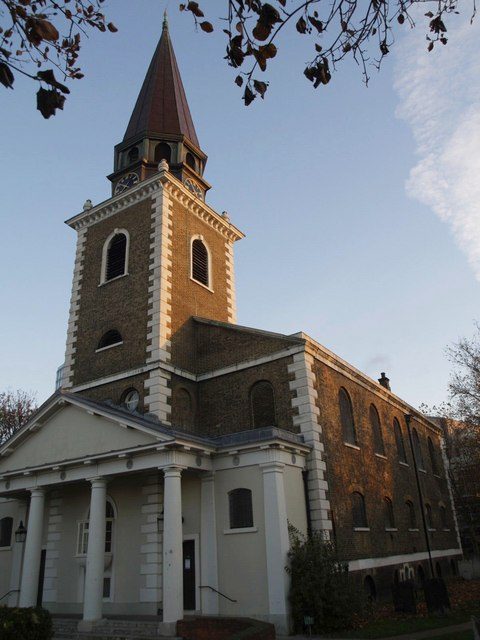
He is interred alongside his wife in a crypt at a modest community church in Battersea, and today little effort is made to encourage reverence of his memory – the crypt more closely resembles a colorful children’s classroom than a tomb and in fact kindergarten classes are at times held there.
A few mementos including a plaque and a stained-glass window have been donated by American history buffs, all within the last five decades, and they are displayed alongside a sizable aquarium containing the class pet of the church’s resident kindergarten class.
Read another story from us: Franklin Seduced France with Coonskin Cap Diplomacy
While some Americans have come to view Arnold in a favorable light, the British have allowed the curious journey of Benedict Arnold – from American war hero to corrupt statesman to traitor to businessman to privateer – to fade into obscurity, passing no more judgment on his deeds than you can find in the quotidian banality of his final resting place.
